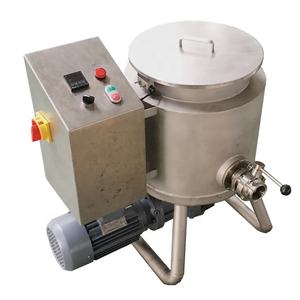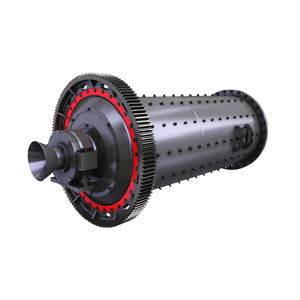PRODUCT PARAMETERS
Description
Brief introduction of Ball mill spare parts Ball mill liners Ball mill liner
Ball mill is a kind of equipment used to crush or grind materials to very fine powder, which is widely used in mining, cement, chemical industry, etc. Ball mill spare parts Ball mill liners Ball mill liner refers to all kinds of parts and components which are necessary to ensure the normal operation of the ball mill, including liner plate, grinding balls, gears, bearings and so on.
Features and advantages of Ball mill spare parts Ball mill liners Ball mill liner
Strong durability: Made of high-quality materials and under strict quality control, it ensures high wear resistance and long service life of spare parts.
Good interchangeability: The standardized design makes the spare parts interchangeable between different types of ball mills, simplifying the maintenance process.
Optimized design: Customised design according to the actual working conditions, which improves the working efficiency and reduces energy consumption at the same time.
Easy to install and maintain: reasonable structure, convenient for users to quickly replace and repair, reduce downtime.
Stable performance: Precision machining and rigorous testing ensure stable performance even in harsh environments.
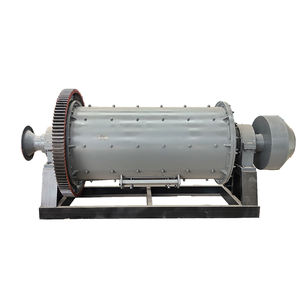
(Ball mill spare parts Ball mill liners Ball mill liner)
Specification of Ball mill spare parts Ball mill liners Ball mill liner
Ball mill liners are essential components in the grinding process, designed to protect the inner shell of the ball mill from wear and tear caused by the impact and abrasion of grinding media and materials. These liners play a critical role in enhancing the efficiency and longevity of the ball mill, ensuring optimal performance in various industrial applications, including mining, cement production, and mineral processing.
Ball mill liners are typically made from high-quality materials such as rubber, steel, or composite alloys, each offering unique advantages depending on the specific application. Rubber liners are known for their excellent resistance to abrasion and impact, making them ideal for wet grinding processes. Steel liners, on the other hand, provide superior durability and are often used in dry grinding operations where high impact resistance is required. Composite liners combine the benefits of both materials, offering a balance of strength, flexibility, and wear resistance.
The design of ball mill liners is crucial for maximizing grinding efficiency. They are available in various shapes and profiles, including wave, step, and ribbed designs, each tailored to optimize the movement of grinding media and materials within the mill. Properly designed liners help reduce energy consumption, improve grinding performance, and extend the lifespan of the mill.
In addition to their protective function, ball mill liners are also replaceable, allowing for easy maintenance and cost-effective operation. Regular inspection and replacement of worn liners are essential to maintain the mill’s performance and prevent downtime. High-quality liners are engineered to withstand harsh operating conditions, ensuring reliable and consistent operation over extended periods.
When selecting ball mill liners, it is important to consider factors such as the type of material being processed, the grinding environment, and the desired output. Customized solutions are often available to meet specific operational requirements, ensuring optimal performance and efficiency. With the right liners in place, ball mills can achieve higher productivity, reduced maintenance costs, and improved overall performance in demanding industrial applications.
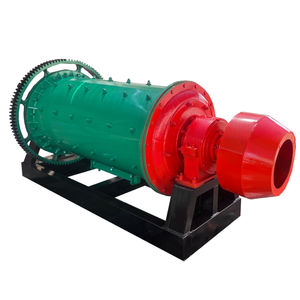
(Ball mill spare parts Ball mill liners Ball mill liner)
Applications of Ball mill spare parts Ball mill liners Ball mill liner
Ball mill liners are essential components in the grinding process, playing a critical role in enhancing the efficiency and longevity of ball mills. These liners are designed to protect the inner shell of the mill from wear and tear caused by the grinding media and the material being processed. By absorbing the impact and abrasion during the milling operation, ball mill liners ensure the structural integrity of the mill, reducing maintenance costs and downtime.
One of the primary applications of ball mill liners is in the mining industry, where they are used to grind ores and minerals into fine particles. The liners help maintain the grinding efficiency by preventing the direct contact of the grinding media with the mill shell, thus extending the life of the equipment. In cement production, ball mill liners are used to grind clinker and other raw materials into cement powder. The liners’ ability to withstand high temperatures and abrasive materials makes them indispensable in this industry.
In the chemical and pharmaceutical sectors, ball mill liners are utilized to grind and mix various chemicals and compounds. The liners’ resistance to corrosion and chemical reactions ensures the purity and quality of the final product. Additionally, in the power generation industry, ball mill liners are employed to pulverize coal for combustion in thermal power plants. The liners’ durability and wear resistance are crucial in maintaining the efficiency of the grinding process, which directly impacts the power plant’s performance.
Ball mill liners are available in various materials, including rubber, steel, and composite materials, each suited for specific applications and operating conditions. The choice of liner material depends on factors such as the type of material being ground, the size of the mill, and the desired grinding efficiency. Regular inspection and replacement of worn-out liners are essential to ensure optimal performance and prevent unexpected breakdowns.
In summary, ball mill liners are vital components that enhance the performance and durability of ball mills across various industries. Their ability to withstand harsh operating conditions and protect the mill shell makes them indispensable in applications ranging from mining and cement production to chemical processing and power generation.
Company Introduction
Established in 2007, Excavator Attachments Heavy Machinery Co.,ltd. focus on metal research and mining machinery spare parts. 2 factories over an area of 13,300 square meters, based on 100+ sets of equipment, our production capacity reaches 12000 Tons/Year. has passed ISO 9001 quality managment system certification in 2008.
Our mainly products are dragline excavator spare parts,rotary kiln spare parts, large modulus gear (gear shaft), gearbox ect. 40+ patents with over 45 years experience to help focus on improve the service life of spare parts. We belive that more than 80% reason of mechanical parts’ working life depends on hot processing (steel making/forging/casting/welding/heat treatment). Eight material engineers will control the quality from the original resource.
If you are interested, please feel free to contact us.
Payment
L/C, T/T, Western Union, Paypal, Credit Card etc.
Shipment
By sea, by air, by express, as customers request.
5 FAQs of Ball mill spare parts Ball mill liners Ball mill liner
Ball mill liners are essential components of ball mills, designed to protect the mill shell from wear and tear caused by grinding media and materials. They also enhance grinding efficiency and extend the lifespan of the mill. Here are five frequently asked questions about ball mill liners and their spare parts:
1. **What are ball mill liners made of?**
Ball mill liners are typically made from high-quality materials such as rubber, steel, or composite materials. The choice of material depends on the application, grinding conditions, and the type of material being processed. For example, rubber liners are ideal for wet grinding, while steel liners are better suited for high-impact and abrasive environments.
2. **How often should ball mill liners be replaced?**
The replacement frequency of ball mill liners depends on factors such as the material being ground, the operating conditions, and the quality of the liners. On average, liners may need replacement every 6 to 12 months, but regular inspections are necessary to determine the exact timing. Worn-out liners can reduce grinding efficiency and damage the mill shell.
3. **What are the signs of worn-out ball mill liners?**
Common signs of worn-out liners include reduced grinding efficiency, increased energy consumption, unusual noises during operation, and visible cracks or thinning of the liner surface. Regular maintenance and inspections can help identify these issues early and prevent costly downtime.
4. **Can ball mill liners be customized?**
Yes, ball mill liners can be customized to fit specific mill dimensions and operational requirements. Customization options include material selection, thickness, shape, and design. Tailored liners can improve performance, reduce wear, and optimize grinding processes for specific applications.
5. **How do I choose the right ball mill liner material?**
The choice of liner material depends on the grinding environment and the type of material being processed. For example, rubber liners are ideal for wet grinding and low-impact applications, while high-chrome steel liners are better for abrasive and high-impact conditions. Consulting with a manufacturer or supplier can help you select the most suitable material for your needs.
In summary, ball mill liners play a critical role in maintaining the efficiency and longevity of ball mills. Regular maintenance, timely replacement, and proper material selection are key to ensuring optimal performance and minimizing operational costs.
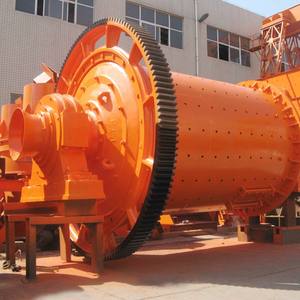
(Ball mill spare parts Ball mill liners Ball mill liner)
REQUEST A QUOTE
RELATED PRODUCTS
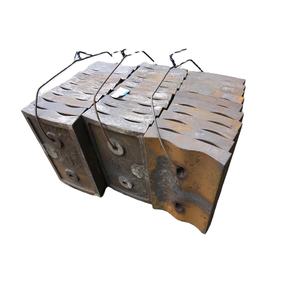
Wet Small Ball Mill Grinding Machine Spare Parts for in Zimbabwe
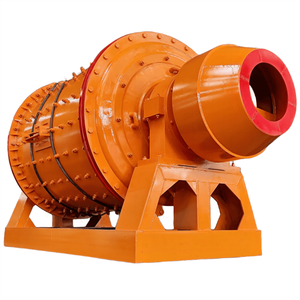
heavy duty mining ball mill spare part 42CrMo steel hollow shaft
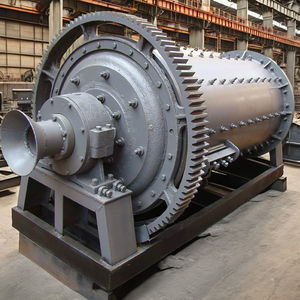
High crushing ratio 5 10 15 tons per hour cement mineral grinding ball mill with spare parts for gold silver copper crushing
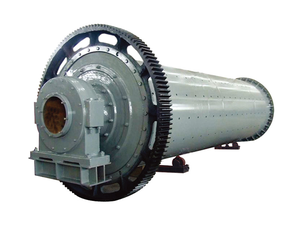
Mining Equipment Parts Ball Mill Machine Mining Equipment Sand Making Machine Ball Grinding Mill Liner Spare Parts
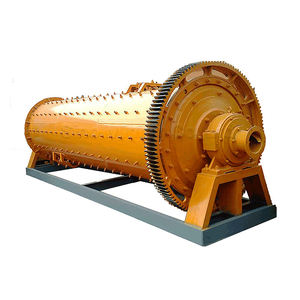
Ball mill spare parts ZQCr10 high chrome casting alloy grinding ball
